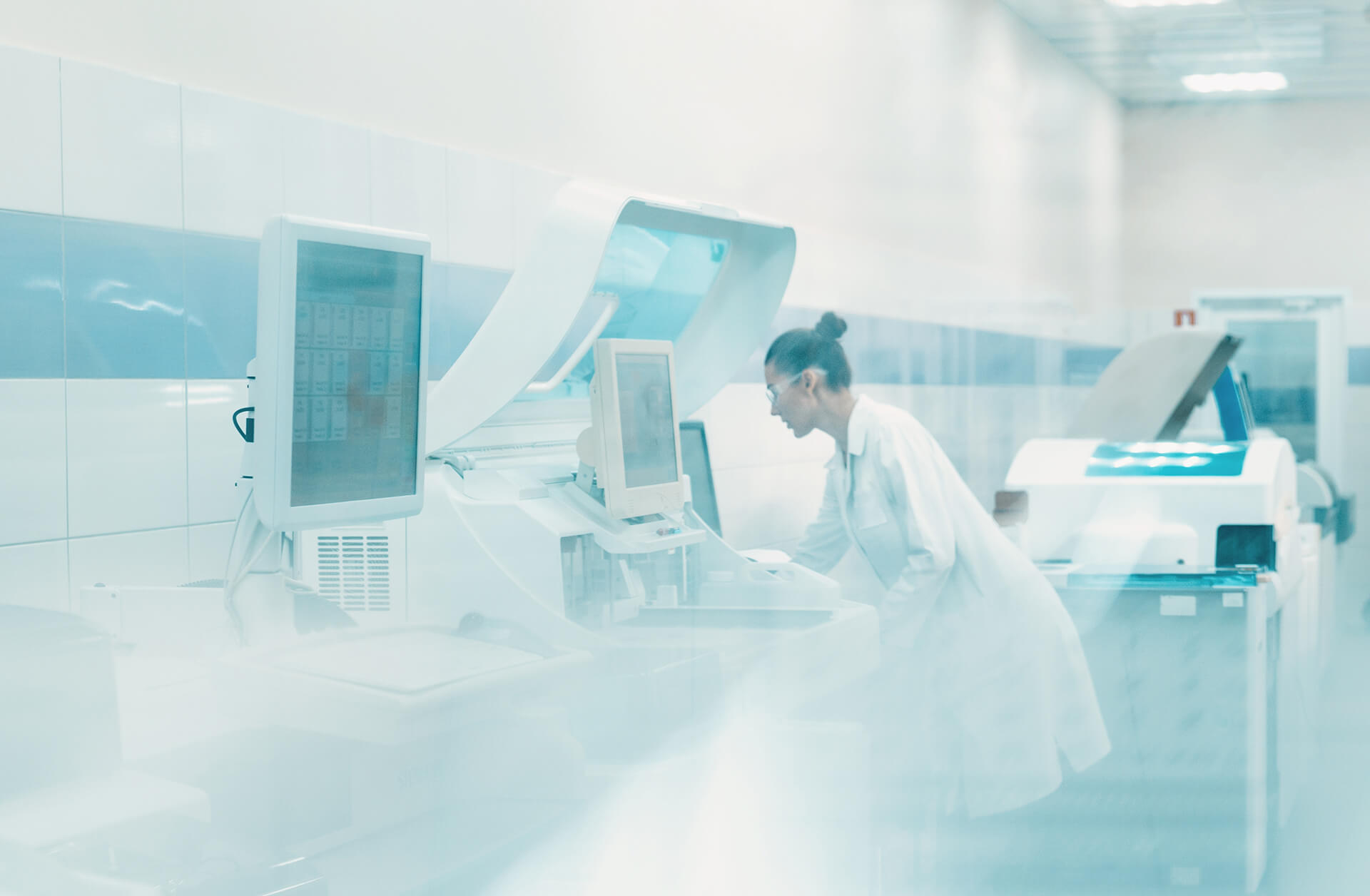
As the U.S. strengthens its life-sciences infrastructure and rebuilds supply-chain resilience, five regions stand out as the backbone of America’s biomanufacturing capacity: New Jersey, Boston/Cambridge, Research Triangle Park (RTP) in North Carolina, Philadelphia, and the DC/Baltimore BioHealth Capital Region.
Each offers a distinct blend of talent, infrastructure, and culture—defining how and where the next generation of medicines will be made.
1. New Jersey: The Legacy of Scale and Reliability
If biomanufacturing had a hometown, it might well be New Jersey. Known as the “Medicine Chest of the World,” the Garden State built its foundation on more than a century of pharmaceutical excellence. Giants like Merck, J&J, BMS, and Novartis shaped its landscape—and the next generation of CDMOs, advanced therapeutics companies, and sterile manufacturers are keeping that legacy alive.
New Jersey’s advantage lies in its maturity.
- Established GMP infrastructure and supply-chain depth make it ideal for commercial-scale biologics and aseptic fill/finish operations.
- Access to top technical and regulatory talent feeds a steady pipeline of quality, validation, and manufacturing experts.
- Its proximity to New York and Philadelphia links capital markets, R&D clusters, and logistics gateways (air, sea, and rail).
However, maturity comes at a cost. Real estate and labor costs remain high, and innovation clusters often lean toward incremental rather than disruptive advances. Yet for reliability, regulatory experience, and proximity to the FDA’s Northeast corridor, New Jersey remains unmatched for scalable, compliant biomanufacturing.
2. Boston/Cambridge: The Global Innovation Engine
Boston is the epicenter of biotech innovation—and it’s now increasingly serious about bridging discovery and manufacturing.
Anchored by Harvard, MIT, and the Broad Institute, the region is where science meets venture capital, producing the highest density of biotech startups in the world.
In recent years, however, Boston’s frontier has expanded from R&D toward biomanufacturing innovation:
- Facilities in places like Worcester, Waltham, and Devens are now scaling cell, gene, and mRNA therapies.
- Shared GMP spaces and tech incubators like LabCentral and ABI-Labs help early biotechs transition from bench to batch.
- A deep ecosystem of automation, digital quality, and process-development firms supports speed and scalability.
Boston’s challenge is cost—real estate and competition for skilled labor are intense. Still, its unique mix of scientific density, venture funding, and translational excellence ensures it will remain the launchpad for high-science therapeutics that feed into national and global manufacturing networks.
3. Research Triangle Park (RTP): The Manufacturing Vanguard
North Carolina’s Research Triangle Park has quietly become one of the fastest-growing biomanufacturing hubs in the U.S.—and perhaps the most strategically positioned.
Fueled by world-class universities (Duke, UNC, NC State), a favorable business environment, and a deep manufacturing tradition, RTP is where science meets scalability.
Its strengths include:
- Workforce pipelines tailored for GMP operations—NC BioNetwork and NC State’s Biomanufacturing Training and Education Center (BTEC) are national models.
- Major investments from companies like Biogen, Lilly, Fujifilm Diosynth, and Novo Nordisk that collectively anchor a thriving ecosystem of advanced biologics and fill/finish facilities.
- Lower costs and state-level incentives that make it an attractive destination for CDMOs and innovators looking to expand U.S. capacity.
RTP is increasingly viewed as the Southeast’s biomanufacturing powerhouse—offering the cost advantages of the Midwest with the scientific pedigree of the coasts. For many organizations, it represents the future of resilient, domestic production.
4. Philadelphia: The Cell and Gene Therapy Capital
Philadelphia’s rise is nothing short of remarkable.
Once overshadowed by its neighbors, the city has reinvented itself as America’s capital for cell and gene therapy—anchored by the University of Pennsylvania, Childrens Hospital of Philadelphia (CHOP), and a growing cluster of innovators across the Navy Yard and King of Prussia.
Here, discovery and translation are tightly intertwined:
- UPenn’s foundational work in CAR-T and mRNA therapies catalyzed a local ecosystem of clinical and manufacturing expertise.
- The region now hosts dozens of CDMOs and advanced therapy developers focused on viral vector production, QC analytics, and scale-out manufacturing models.
- Proximity to both New York and Washington, D.C., gives Philadelphia a logistical and regulatory advantage.
Its challenge is scale—real estate and infrastructure are still catching up to the explosion of demand for clinical and commercial manufacturing. But with its academic firepower and translational focus, Philadelphia continues to lead in personalized medicine and next-generation modalities.
5. DC/Baltimore: The BioHealth Capital Region
Stretching from Northern Virginia through D.C. to Maryland’s I-270 corridor, the BioHealth Capital Region—often dubbed “DNA Valley”—sits at the crossroads of science, policy, and national security.
This is the seat of the NIH, FDA, USP, BARDA, and NIST, as well as a dense network of contract developers, diagnostics companies, and biodefense facilities.
The region’s character is distinct:
- It excels in public-private partnerships, regulatory science, vaccine development, and high-containment manufacturing.
- Academic powerhouses like Johns Hopkins and the University of Maryland anchor research, while nearby federal agencies fund translational and pandemic-response initiatives.
- Its workforce is rich in PhD and regulatory talent—ideal for GMP operations that intersect with compliance, cybersecurity, and biosecurity.
While venture funding trails Boston or the Bay Area, the DC/Baltimore region plays a critical national role in biosecurity, advanced manufacturing policy, and technology transfer from government to industry.
In the new era of supply-chain sovereignty, this “DNA Valley” may prove just as important as Silicon Valley.
Conclusion: One Ecosystem, Many Strengths
The future of U.S. biomanufacturing is not defined by a single city—it’s the interconnected strength of these regional ecosystems.
- Boston fuels innovation.
- New Jersey delivers reliability.
- RTP scales manufacturing.
- Philadelphia pioneers cell and gene therapy.
- DC/Baltimore secures the regulatory and federal backbone.
Together, they form a distributed national network—one that can ensure America’s medicines are discovered, developed, and made at home.
QxP Vice President Christine Feaster is a 20+ year veteran in pharma quality assurance. Prior to joining QxP, Christine was a vice president of U.S. Pharmacopeia.

